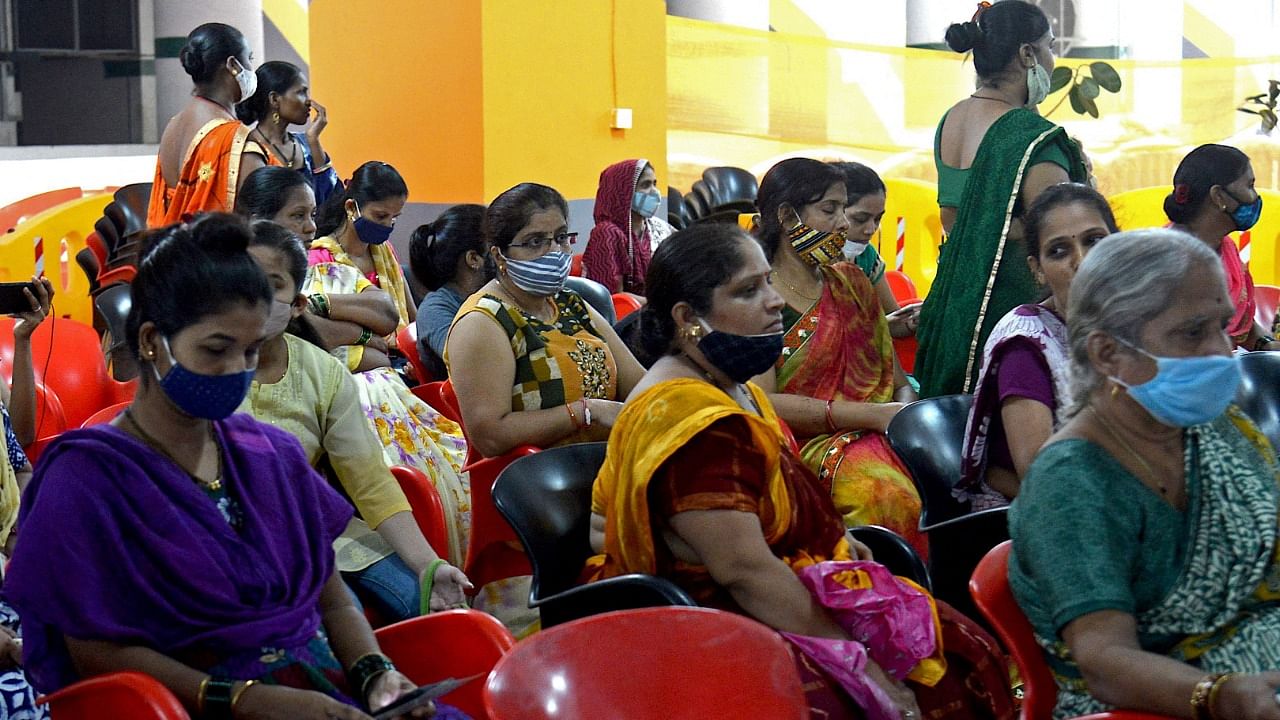
Bengaluru and Mumbai are two of the six Indian metropolitan cities where the Covid-19 R-value or reproduction number has increased in the last one month, even though the R-value for the entire country currently is less than one, suggesting a shrinking Covid-19 pandemic.
From August 15-17, Bengaluru reported an R-value of 0.94, which shot up to 1.06 a month later. Similarly for Mumbai, the R-value was 0.91 from Aug 6-9, but rose to 1.09 between August 25 and September 18, according to a disease prediction model being run by Sitabhra Sinha, a scientist at the Institute of Mathematical Sciences, Chennai, who is tracking the pandemic since last year.
Reproduction number signals a pandemic's ability to spread. For instance, an R-value of 1.5 would mean that 10 Covid-19 positive persons can spread the infections to 15 others. For the pandemic to subside, the value of R should stay below one.
For the overall country, including Kerala and Maharashtra – the two states with the maximum number of active cases – the reproduction number is now less than one. The only two states where R is greater than one are Tamil Nadu and Mizoram.
“Not many states have R more than one (among the top 10 states, only two), while most of the metros namely Chennai, Mumbai, Bengaluru and Kolkata have R more than one. This is worrying, in the sense that we may be missing out on a rise in cases in the hinterland until it becomes too big to miss,” Sinha told DH.
“There is always a possibility that different results for the metros and the states could be because of the different testing rates in the metros and the districts. An upward trend could be caught by the obtained data in one but missed in the other.”
Currently there are 39 districts where the weekly positivity rate is more than 10 per cent. 13 of the 39 districts are in Kerala, while the rest is in the North East. There are another 25 districts where the positivity rate varies from 5-10 per cent.
With the fear of a third Covid-19 wave rising its head in the wake of the Dasara-Diwali festive season, the Indian Council of Medical Research advised people to become fully vaccinated before participating in festive activities.
The Centre asked the States to accelerate the pace of vaccination so that at least one dose is administered to 94.47 crore adults. More than 61 crore Indians received the first dose so far, whereas 21 crore are fully vaccinated.
India’s cumulative vaccination coverage crossed the 82 crore-mark on Tuesday as more than 68 lakh doses were administered till 7 pm.
Check out DH's latest videos here:
